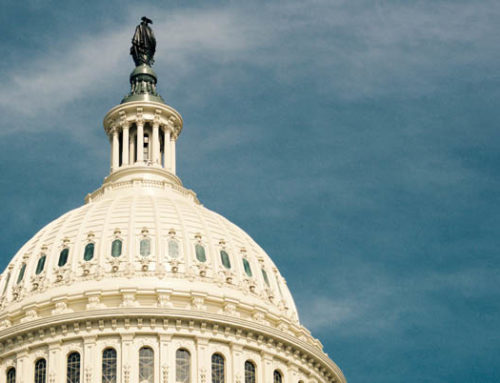This week house and senate committees took action on important electric utility legislation. SB 789 and HB 2311 Fraser/Thompson, extending the ability for regulated transmission and distribution utilities to use periodic rate adjustments (PRA) to help control rate case costs. The Senate bill was unanimously passed out of committee, and the house bill was heard and is waiting passage.
Legislation looking at what some perceive as the high costs of pharmaceuticals has been filed (HB 4002 Burrows) and has begun to generate discussion across the state. The legislation calls for an interim committee to work with industry experts “to look at ways to bring down the high prices” of pharmaceutical medications.
Key Takeaways
House Budget Bill to be heard on the Floor Next Week:
This week, the House Appropriations Committee passed out the $209.8 billion, two year budget proposal for 2016-2017, that is scheduled to be debated on the floor this coming week. The plan leaves on the table $8.4 billion of general revenue and spends all but about $2 billion of the amount lawmakers may allot under the 1978 constitutional spending limit. As currently drafted, there are several key differences between the House and Senate proposed budget plans.
Tax Relief: Although both chambers plan on more than $4 billion in tax relief, their vision and approaches to relief are significantly different. While not completely finalized, the House has mentioned ‘sales tax’ relief in addition to others; whereas, the Senate has OK’d its $4.6 billion plan for reductions in school property taxes and the business levy (see more below).
Public Education: House leaders have proposed a $3 billion increase on top of covering enrollment growth, with a goal to reform the contested school finance system. Senate budget writers would put $1.2 billion in general revenue into the basic student allotment over enrollment growth.
Transportation: Both chambers are putting $1.3 billion into transportation by ending diversions from the highway fund. On top of that, House budget writers would add $1.5 billion in general revenue for transportation. The Senate, however, has already passed an initiative to dedicate a tax revenue stream from the motor vehicle sales tax to transportation.
Border Patrol: The Senate panel has appropriated $811 million to fund increased border control, while the House has proposed $565 million.
Other: The House has put funding towards the Public Integrity Unit ($6.6 million) and the Racing Commission; whereas, the Senate has refused funding for both entities.
Comparisons between Senate and House Tax relief plans
The Senate approved $2.4 billion property tax relief proposal on Wednesday. In addition to the property tax relief, they also passed two measures aimed ant reducing the business franchise tax burden on small businesses. Senate bill 7 Schwertner would cut the business franchise tax by 15%, and cost the state $1.4 billion over the next two years. Senate Bill 8 Schwertner raises the business franchise tax’s total revenue exemption from $1 million to $4 million and is projected to cost the state $760 million over the next two years.
Passage of this package of tax relief has, as we have discussed previously created some interesting back and forth between the two chambers. Property tax relief currently counts against the spending cap and thus without accompanying constitutional changes (SJR1) would restrict access to additional revenue that could be used in the 2016-2017 biennium. However, the margins and sales tax are revenue streams and cutting them would not count against the spending cap.
Next week, State Rep. Dennis Bonnen, chairman of the tax policy-writing House Ways and Means Committee, is expected to unveil the House’s $4.8 billion tax cut package that reduces the sales and franchise taxes.
WHAT TO LOOK FOR NEXT
- The House adjourned until 2:00 p.m., Monday, March 30, 2015.
- The Senate adjourned until 2:00 p.m., Monday, March 30, 2015.





